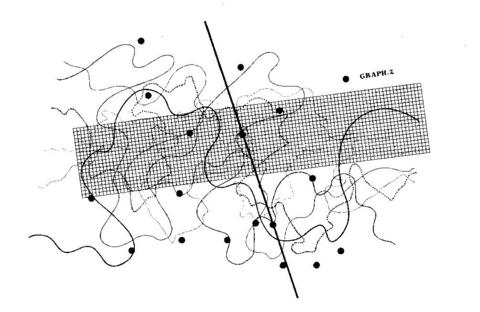Passages of the Beast (1978) by Morton Subotnick
From 1977 Subotnick began to explore the relationship between performers and technology in a series of “ghost” pieces for instruments and interactive electronics. In these compositions, the ghost score is a silent digital program which activates electronic modules to modify the instrumental sounds with regard to pitch, timbre, volume, and location of the sounds. Each work has its own digital program which controls a standardized ghost box. The ghost electronics were designed by Donald Buchla and built by John Payne according to the composer’s specifications; funding was provided by a grant from the Rockefeller Foundation. There are fourteen ghost works (composed between 1977 and 1983), and, at present, Subotnick feels he has finished this series. While the ghost pieces have used electronics to modify instrumental sounds, it appears Subotnick’s next compositional period will involve having instruments control computer generated sounds.
Subotnick states:
The title Passages of the Beast refers to the rites of passage, of beastness to humanness, the passion of the beast and human awareness joined. The clarinet is treated as both a very old instrument (through a series of invented fingerings to get some of the non-diatonic qualities back into the technique) and a modern instrument, paralleling, more or less, the transition or passages from beast to human. The almost programmatic quality of the work is in keeping with the mainstream of my work for more than a decade. Passages, in particular, deals metaphorically with the evolution of the human spirit, and was one of a group of works which led up to the final (as of this writing) piece in the series, The Double Life of Amphibians, a ninety minute staged tone poem which received its world premiere at the 1984 Olympics Arts Festival in Los Angeles.



